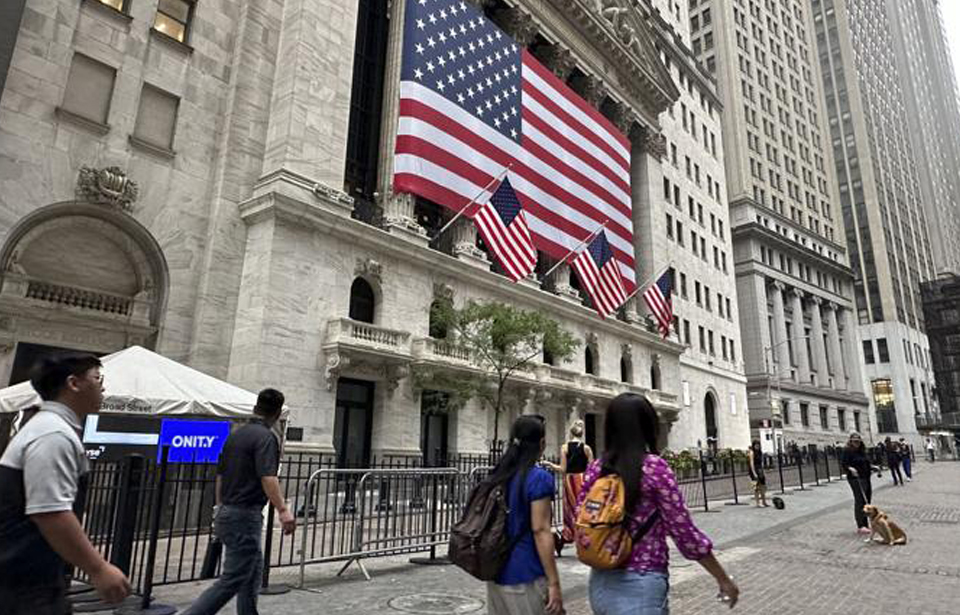Seasonal Trends and Election Volatility Pose Near-Term Risks, While Dividend and Capital-Expenditure Plays Offer Some Optimism: BofA Global Research
The U.S. stock market rally might slow down in the coming months due to historical and seasonal trends that present elevated near-term risks to the S&P 500, according to BofA Global Research.
Since 1936, the S&P 500 index has experienced declines of 5% or more three times per year on average and has seen 10% corrections at least once annually. A team of BofA strategists, led by Savita Subramanian, equity and quant strategist, highlighted in a Monday note that “we are thus overdue for a pullback.”
Recent significant fluctuations in megacap technology stocks have put both the S&P 500 and the Nasdaq Composite on track for their worst month since April, driven by the so-called rotation trade. If historical patterns hold, U.S. equities may continue to face turbulence into August and September, a period known for seasonally weak S&P 500 returns, according to Subramanian and her team.
With the U.S. presidential elections approaching, market volatility is expected to rise. Since 1928, the Cboe Volatility Index (VIX), often referred to as Wall Street’s “fear gauge,” has increased by an average of 25% from July to November during election years. This presents a “risky backdrop for stocks,” according to BofA strategists.
Despite the risks, Subramanian and her team do not foresee a “full-fledged” bear market this year. They cited 10 macroeconomic triggers that have historically preceded some of the S&P 500 peaks since 1990. These signals suggest that stocks are still some distance away from a bear market, with only 50% of the signals triggered compared to an average of 70% before previous S&P 500 peaks.
BofA’s sell-side indicator, a contrarian sentiment gauge that signals bullishness when Wall Street is bearish and vice versa, has now shifted to “neutral.” Subramanian’s team noted, “Sentiment shifted from deeply negative in 2023, which was bullish for stocks, to neutral today,” as positive earnings surprises from megacap technology firms have waned.
Last week, disappointing quarterly earnings from electric-vehicle maker Tesla Inc. and Alphabet Corp. sparked a sharp selloff in tech stocks. Despite this, BofA strategists still see potential for strong returns within the S&P 500, particularly for dividend payers and companies benefiting from traditional capital expenditures. However, these stocks constitute a smaller portion of the large-cap index compared to artificial-intelligence and tech-related names.
As of early Monday afternoon, U.S. stocks were rising as investors prepared for a busy week of corporate earnings and the Federal Reserve’s two-day policy meeting starting July 30. The S&P 500 was up 0.3%, the Nasdaq gained 0.4%, and the Dow Jones Industrial Average was nearly flat, according to FactSet data.

